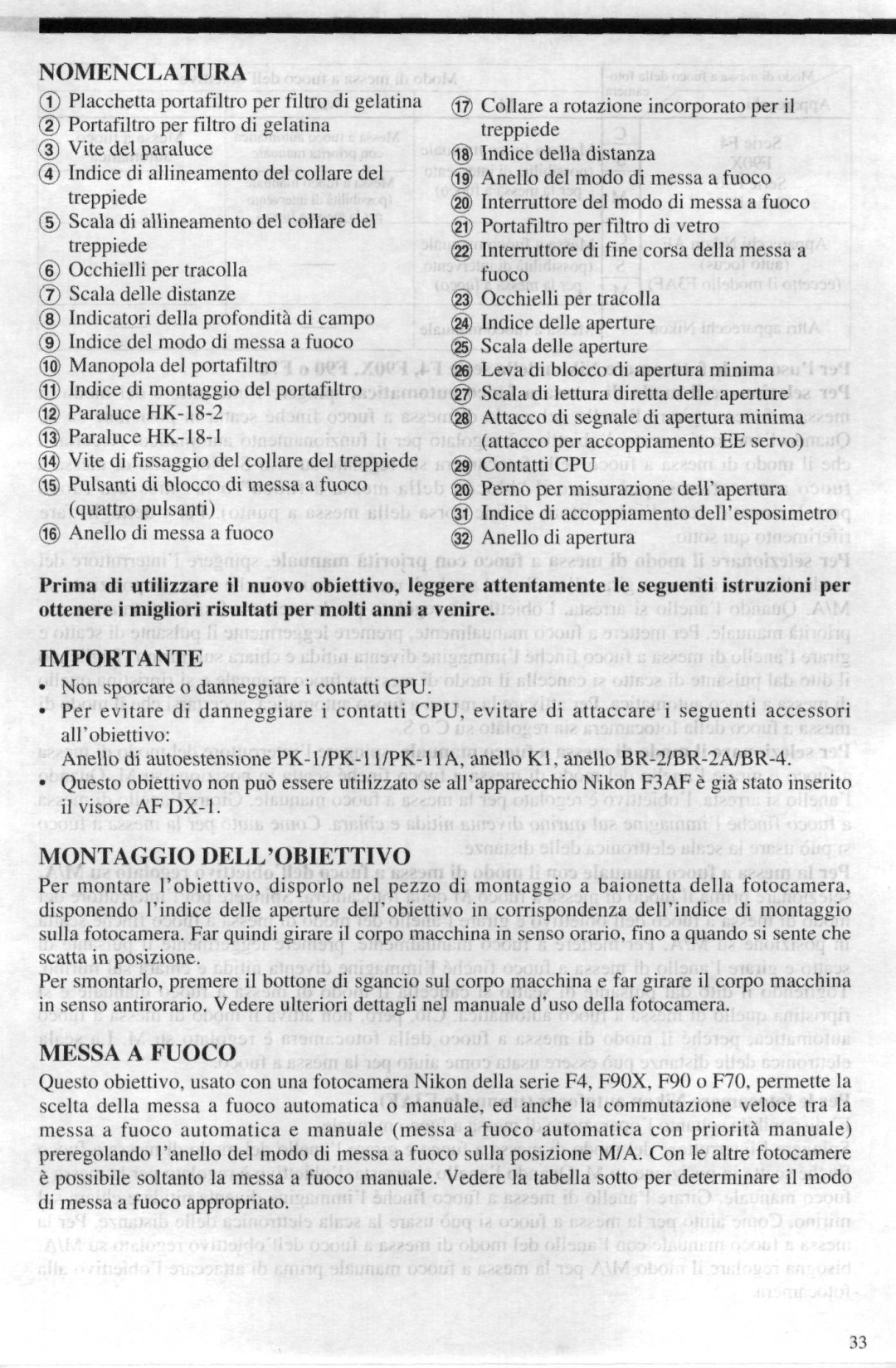AF-I Nikkor ED 600mm f/4 D IF specifications
The Nikon AF-I Nikkor ED 600mm f/4 D IF is a professional-grade telephoto lens that has earned its place among the elite in the world of photography. Launched primarily to meet the demands of wildlife and sports photographers, this lens combines impressive optical performance with robust build quality and user-friendly features.One of the standout characteristics of the AF-I Nikkor 600mm f/4 is its large f/4 maximum aperture. This wide aperture not only allows for superior low-light performance but also helps achieve beautiful background separation and bokeh, making it ideal for capturing distant subjects with clarity and artistic flair. The lens employs Extra-low Dispersion (ED) glass elements, which minimizes chromatic aberration and enhances color fidelity. This results in stunningly sharp images across the frame, with vibrant colors and excellent contrast.
Nikon's innovative IF (Internal Focus) technology is another key feature of this lens. It allows for fast and quiet autofocus operation, while maintaining a compact lens length even when focusing on subjects. This is particularly beneficial when tracking fast-moving wildlife or athletes, as it provides extra compositional stability and reduced focus lag. The autofocus system is further enhanced by the lens's compatibility with Nikon’s Advanced Multi-CAM autofocus sensors, ensuring accurate focus in various shooting situations.
The build quality of the AF-I Nikkor 600mm f/4 D IF is another aspect that sets it apart. Constructed from durable materials, the lens is designed to withstand the rigors of outdoor shooting. Its weather-sealed design helps to prevent dust and moisture intrusion, making it suitable for use in challenging conditions. The lens also features a tripod collar for added stability when mounted on professional tripods or monopods, essential for prolonged shooting sessions.
Additional features such as a built-in lens hood help reduce flare and improve image quality, while the convenient focus limiter switch allows photographers to limit the focusing range, enhancing autofocus speed and efficiency. With a relatively lightweight design for a lens in its class, this 600mm option is easier to handle than many other long focal length lenses, making it a preferred choice among landscape and wildlife photographers.
In conclusion, the Nikon AF-I Nikkor ED 600mm f/4 D IF offers a combination of exceptional optical performance, advanced technologies, and rugged durability, making it a powerful tool for professional photographers who require the best from their equipment while capturing stunning images at a distance.

